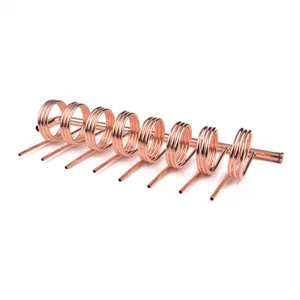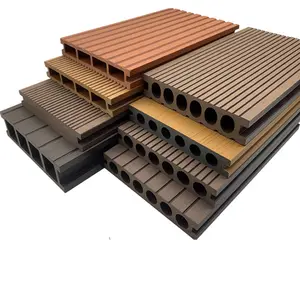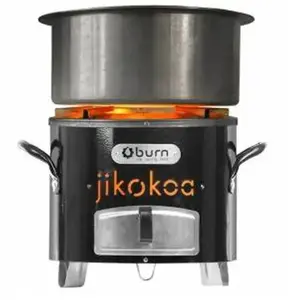Popular in your industry

















































































































































































Top categories
About copper water hose
Introduction
Gardening is an art that requires the right tools to flourish. One such tool that can revolutionize your gardening experience is a copper water hose. This unique hose, made from the red-brown metal copper, offers a plethora of benefits that can enhance your garden's health and make your gardening tasks more manageable. Despite certain challenges, such as susceptibility to certain types of corrosion, the copper water hose stands out for its antimicrobial properties, durability, and eco-friendliness. This article delves into the science behind copper water hoses, their benefits, and practical tips for their use and maintenance.
Understanding the Basics: What is a Copper Water Hose?
A copper water hose, similar to copper piping, is a tube-like material made from copper, a red-brown metal with the chemical symbol Cu and atomic number 29. It is primarily used to convey water, especially in garden applications. The copper material is prone to certain types of corrosion, such as erosion and pitting corrosion, due to the reaction of water ions with copper ions. However, despite these challenges, copper water hoses offer unique benefits that make them a popular choice for many garden enthusiasts.
The Science Behind Copper Water Hoses
Copper has been used for thousands of years due to its unique properties. When copper ions dissolve in water, they are immediately oxidized to form Cu2+ ions. These ions are highly effective in combating microorganisms, making copper an excellent material for water hoses. Copper's antimicrobial properties are further enhanced when combined with silver ions, a process known as copper-silver ionization. This process, which involves electrolysis, creates positively charged copper and silver ions that are highly effective in disinfecting water. The effectiveness of copper-silver ionization is determined by factors such as the concentration of ions, the condition of the electrodes, the pH value of the water, and the presence of chlorine.
Benefits of Using a Copper Water Hose in Your Garden
The copper water hose is a valuable asset to your gardening arsenal. Its feather-light construction makes it easy to handle, and its leak-free operation ensures efficient watering. The hose effortlessly shrinks back to its original size after use, making storage hassle-free. Its design facilitates easy maneuvering, eliminating the hassle of dragging around heavy, traditional hoses. However, users should be aware of its limitations, such as the susceptibility to fraying and nozzle limitations.
Enhanced Water Quality
Copper water hoses can enhance the quality of water used in your garden. Copper is generally detectable in water at concentrations of 1 to 2 mg/L, and it can make water undrinkable at concentrations of 5 to 8 mg/L. However, in a copper water hose, the copper concentration increases as the water sits in contact with the hose. This means that the first draw from the hose after water has been sitting in it has a higher copper concentration than water that simply moves quickly through the hose system. This copper-enriched water can be beneficial for your plants.
Durability and Longevity
The copper water hose is designed to be both flexible and durable. Its feather-light construction makes it easy to handle, and it promises a leak-free operation. However, users have reported that the hose material tends to fray easily when caught on objects, which may impact its long-term durability. After use, the hose effortlessly shrinks back to its original size, making storage a hassle-free task. Despite some limitations, it proves to be a valuable asset to your gardening arsenal, especially if you’re weary of dealing with bulky hoses.
Eco-Friendly and Recyclable
Copper is a highly recyclable material, capable of being recycled repeatedly without any loss of performance or quality. This makes copper products, like a copper water hose, eco-friendly and sustainable. The recycling of copper requires less energy than primary production, reducing CO2 emissions. Furthermore, recycling copper contributes to a progressive move toward a more circular economy, conserving valuable natural resources. However, the recycling process can be complex, especially for products like electronic scrap. Therefore, it's crucial to support recycling efforts in product design and regulatory policies.
Antimicrobial Properties
Copper water hoses offer unique antimicrobial properties. Copper and its alloys are natural antimicrobial materials, a trait recognized by ancient civilizations. These properties are still under active investigation, with recent studies demonstrating the efficacy of copper alloy surfaces in destroying a wide range of microorganisms. This makes copper water hoses a safer choice for your garden, reducing the risk of harmful microbes contaminating your plants and soil.
Practical Tips for Using a Copper Water Hose
When using a copper water hose, it's crucial to maintain and store it properly. Avoid reusing old fittings; instead, opt for new ones to prevent leaks. Also, be careful not to feed too much water into the hose as it can restrict water flow. Keep the hose dry when not in use to prevent damage. If you need to repair the hose, ensure it's completely dry before soldering. Lastly, assemble the hose in sections for efficiency and ensure all parts are fully seated before soldering.
Maintenance and Care
Maintaining your copper water hose is crucial for its longevity. With proper care, copper can last for many years. Signs of trouble include a sudden drop in water pressure due to pinhole leaks, or teal stains from corrosion. Corrosion can occur due to water stagnation or from water that has a low pH balance. Regularly test the pH balance of your water and check your water pressure. Poor installation of fittings can also lead to corrosion. To prevent leaks, consider installing a leak detection system. Remember, proper maintenance and care can ensure your copper water hose keeps doing its job for several decades.
Proper Storage
Proper storage of your copper water hose can extend its lifespan and maintain its quality. Here are some creative ways: Hide it in a lidded hose pot or store it in a potting shed. You can use a decorative hanger or put it in the garage. Stashing it in an outdoor storage box or mounting a hose reel on the wall are also good options. Keeping it in a garden shed, wrapping it around an outdoor spigot, or using an outdoor storage ottoman can be effective. Installing a pegboard, hanging it on the wall, or tucking it under patio furniture are other alternatives. You can also store it in an outdoor cabinet, get a hose reel, or utilize a door for storage.
Conclusion
In conclusion, a copper water hose can be a game-changer for your garden. Its unique properties, such as antimicrobial effects, enhanced water quality, and durability, make it a valuable addition to your gardening arsenal. Moreover, its eco-friendly and recyclable nature aligns with the growing need for sustainable gardening practices. However, to maximize its benefits, proper maintenance, care, and storage are crucial. Despite some limitations, the copper water hose proves to be a versatile tool that can significantly improve your gardening experience and contribute to a healthier, more vibrant garden.






































































